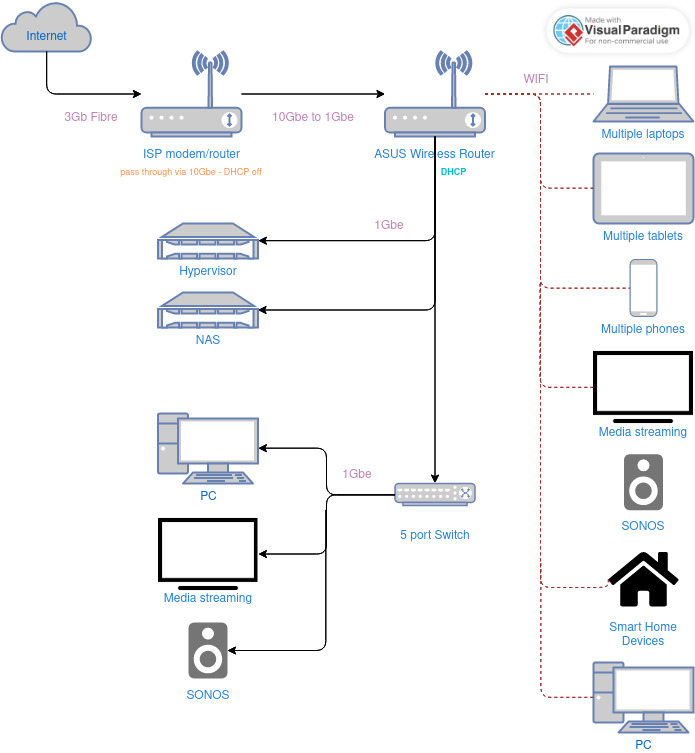Selfhosted
A place to share alternatives to popular online services that can be self-hosted without giving up privacy or locking you into a service you don't control.
Rules:
-
Be civil: we're here to support and learn from one another. Insults won't be tolerated. Flame wars are frowned upon.
-
No spam posting.
-
Posts have to be centered around self-hosting. There are other communities for discussing hardware or home computing. If it's not obvious why your post topic revolves around selfhosting, please include details to make it clear.
-
Don't duplicate the full text of your blog or github here. Just post the link for folks to click.
-
Submission headline should match the article title (don’t cherry-pick information from the title to fit your agenda).
-
No trolling.
Resources:
- selfh.st Newsletter and index of selfhosted software and apps
- awesome-selfhosted software
- awesome-sysadmin resources
- Self-Hosted Podcast from Jupiter Broadcasting
Any issues on the community? Report it using the report flag.
Questions? DM the mods!
view the rest of the comments

The main issue is your 30+ Wi-Fi devices. One AP can only handle this much total bandwidth. But first, it looks like you waste 2gb of your fibre speed? Get a compatible router.
For your setup it almost looks like you’re better off with a total 10gb internal speed. And get 2 more AP, one dedicated for your smart home, one for „less important devices“ and use the ASUS for the rest. - remember to use different channels on each AP.
So in short hook your HV,NAS,PC,[new router w/ AP?],[AP2],[AP3],[AP1?] on a new 10GB switch. Split your devices over the 3 AP, on different channels
Edit: or you could get one of those for cheaper „Qnap QSW-M2108R-2C“ That is a 2.5G with two additional 10G ports so you could plug your new router into one of them and use the other for later use of the NAS if it supports that speed
Is it necessary to dedicate a WAP to IoT, etc? I would recommend setting up separate SSIDs and connect each to their own VLAN, and each VLAN a subnet. And have each WaP broadcast each SSID and have the router handle the traffic routing. That way WAPs are dedicated to the devices that they are near, not the devices they are assigned to.
Since VLAN isn’t officially part of the standard, you’d need all your network devices support it. And I wanted to give a device-load-balance. So not increase coverage but reduce the amount of devices per AP. Separate SSIDs and VLAN aren’t helping that it just makes it easier to track, wich group is causing the load
VLANs are a standard: 802.1Q. Your client devices don't have to support it, just your switches, routers, and access points. On a switch, you can configure each port to treat untagged data as part of a particular VLAN. Similarly, with a good wi-fi access point, you can add multiple SSIDs each of which is on a different VLAN.
You’re right. I just gave a very simplified answer. VLAN isn’t part of the default network communication and therefore every „node“ needs to support it and be correctly set up, or otherwise the VLAN tag will be removed at that point.
And in my other comment I emphasized, that my main issue with multiple WAP is, to distribute the amount of devices each has to talk to. Multi SSID wouldn’t solve that